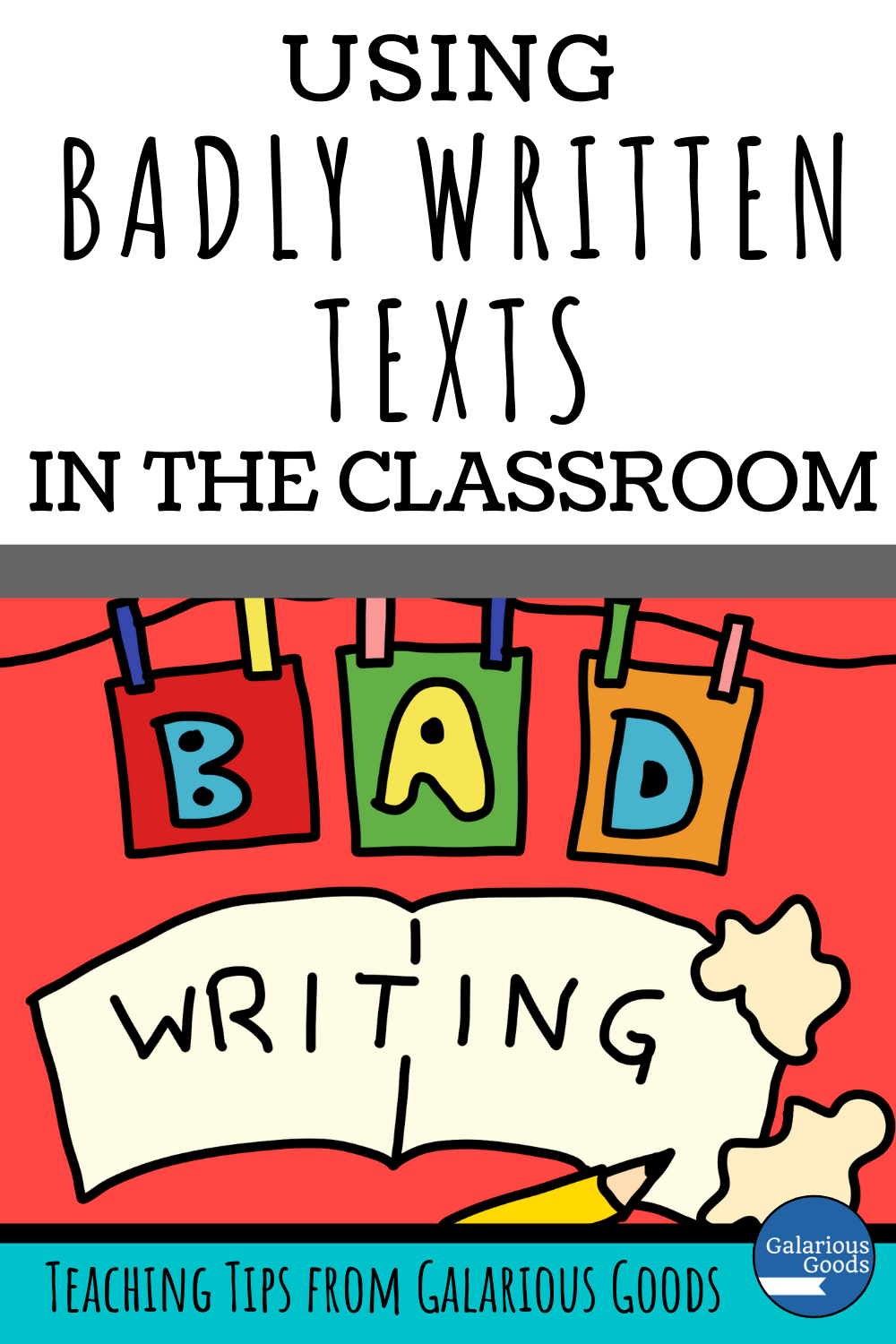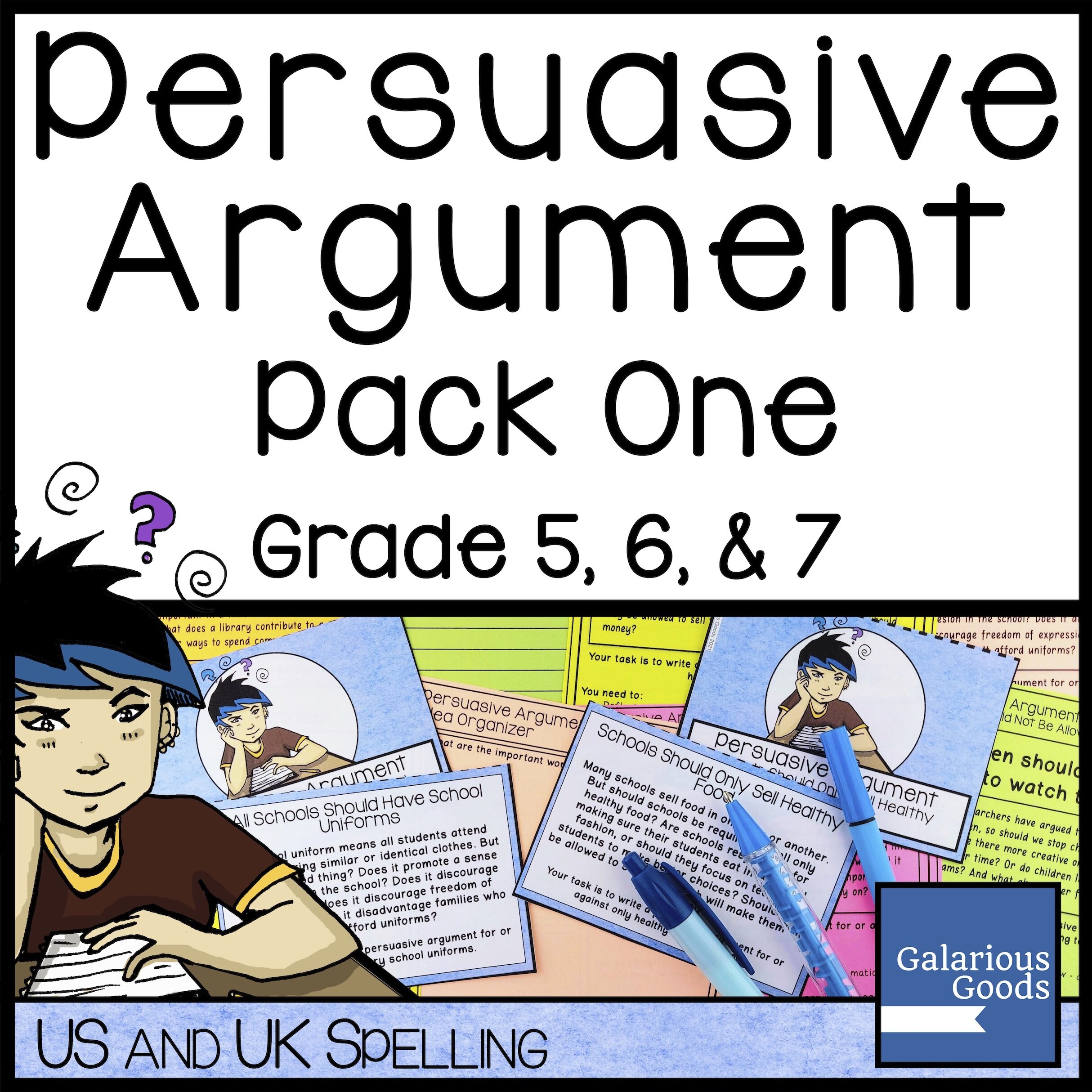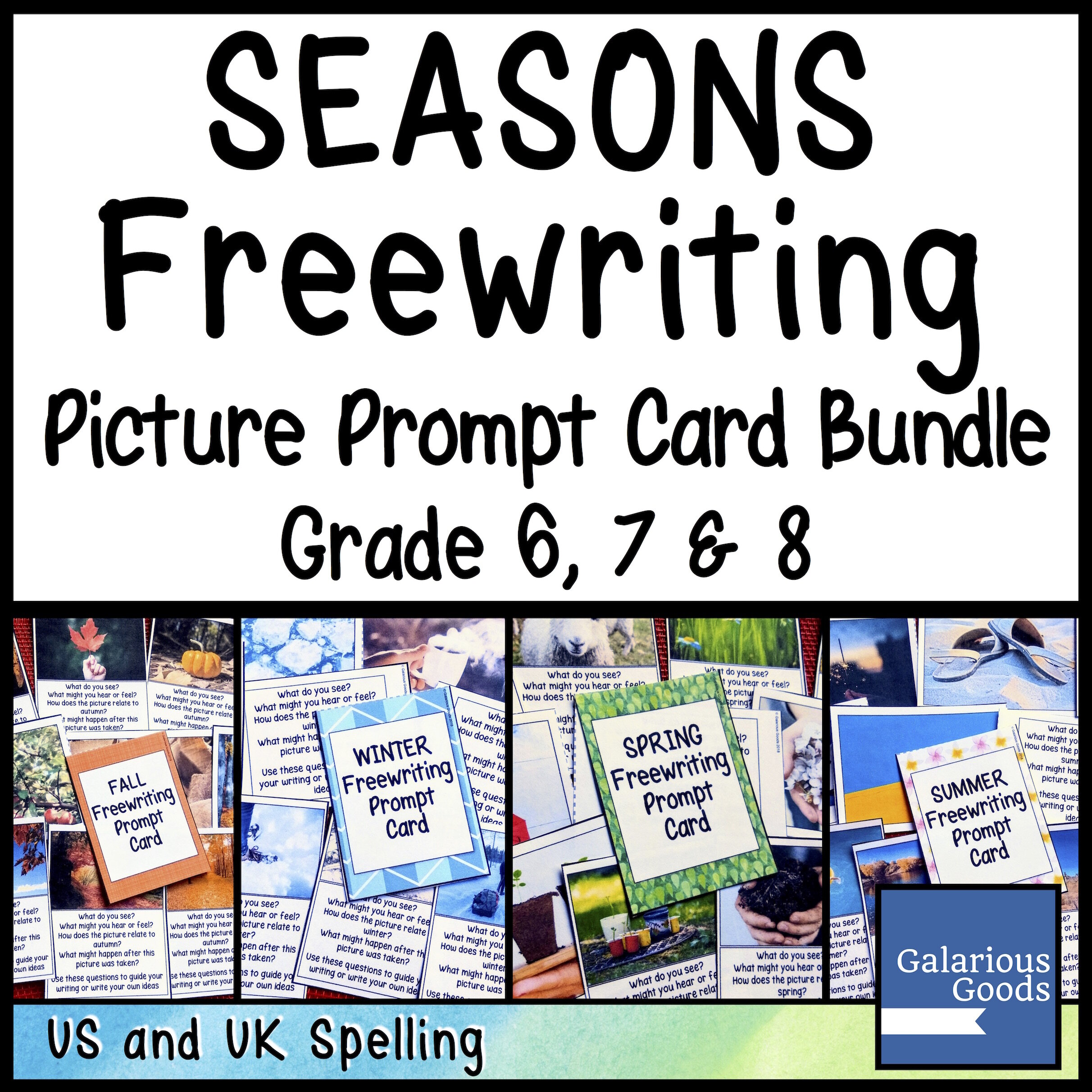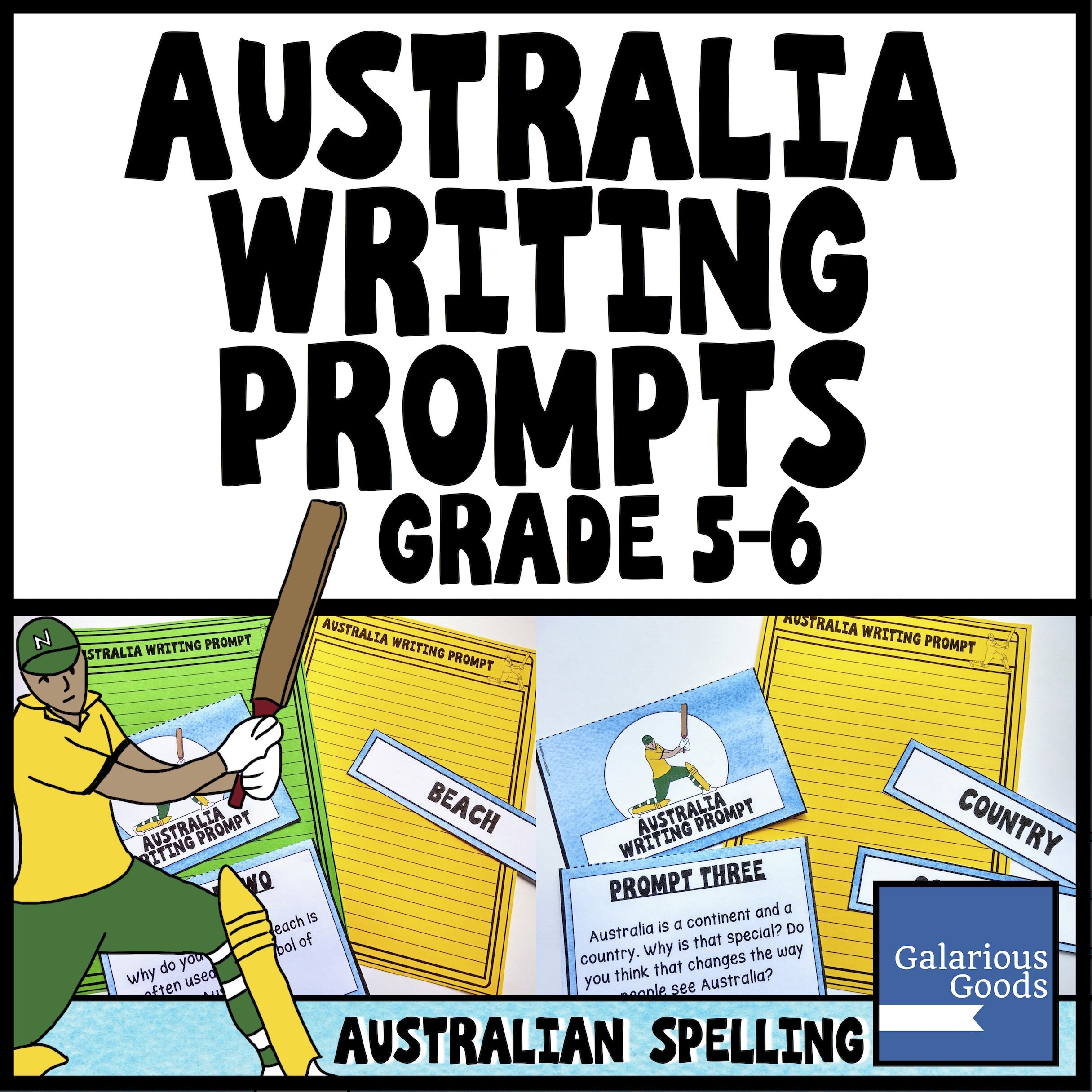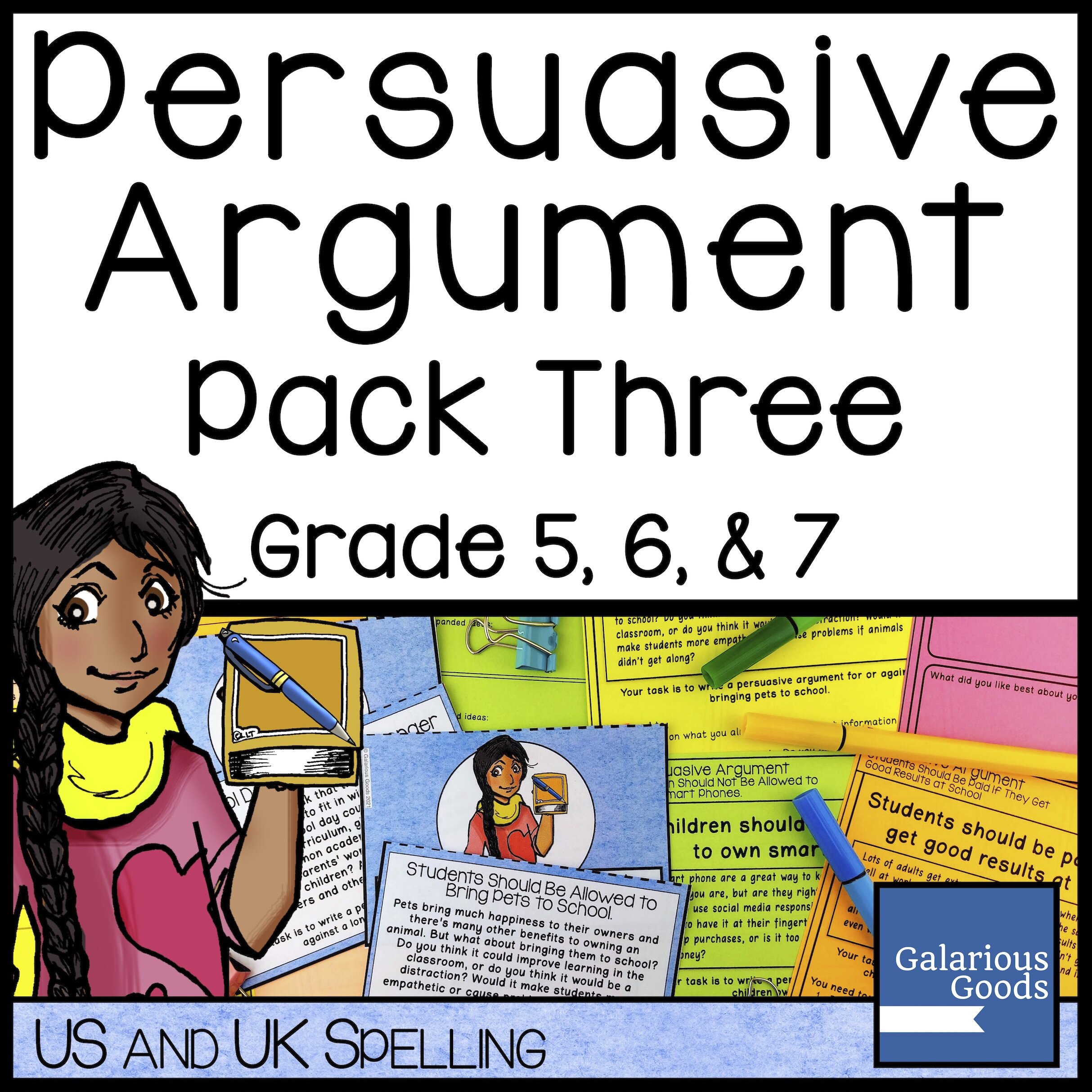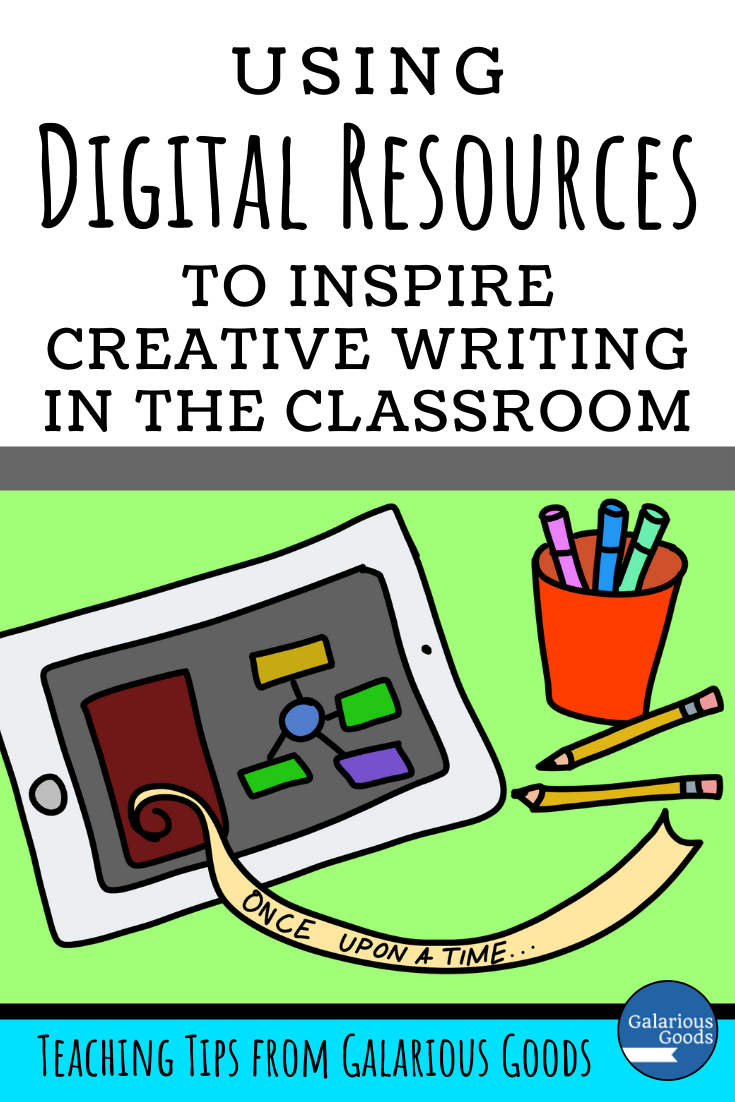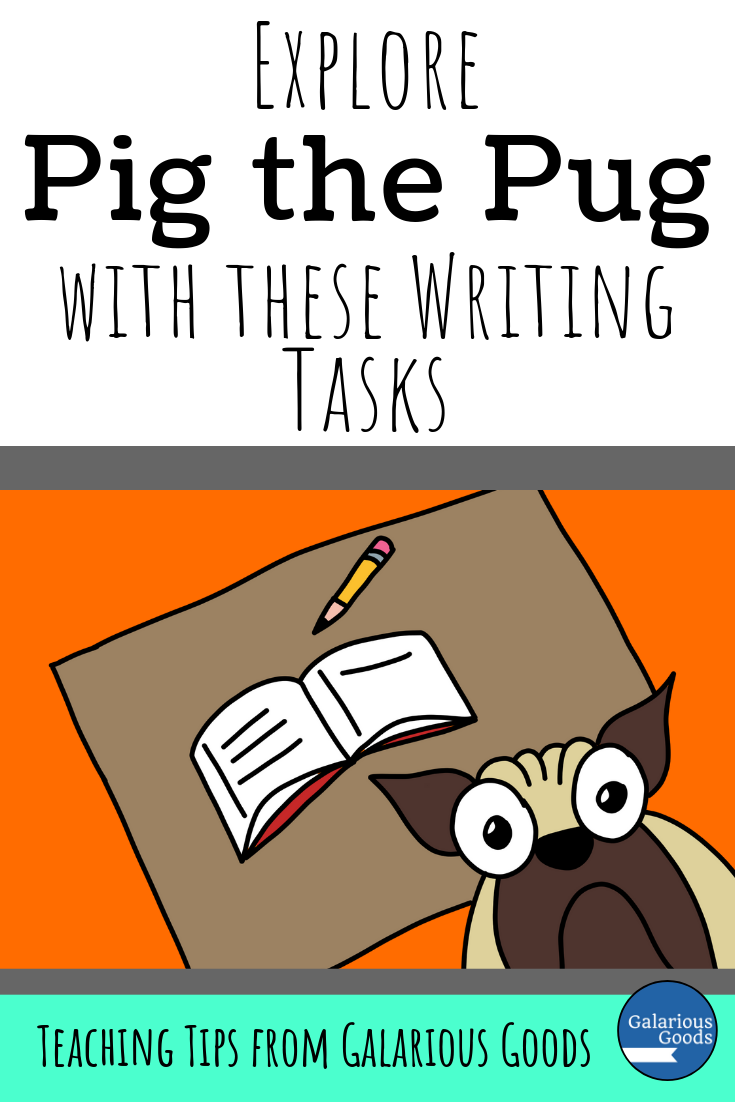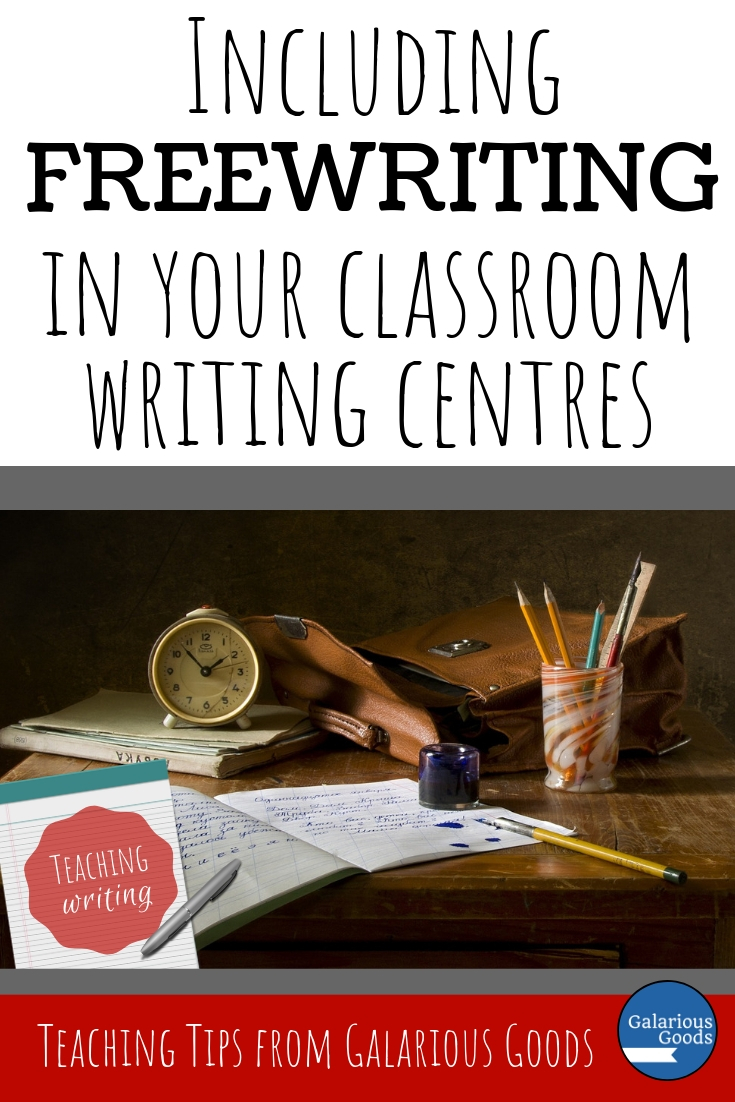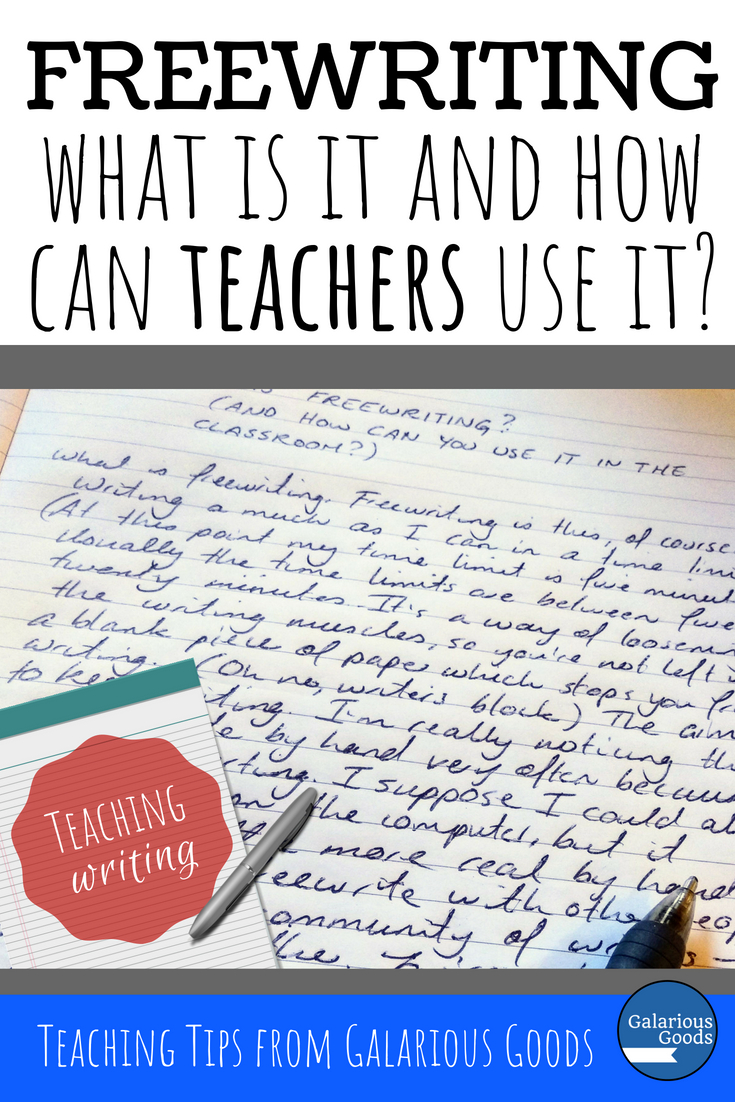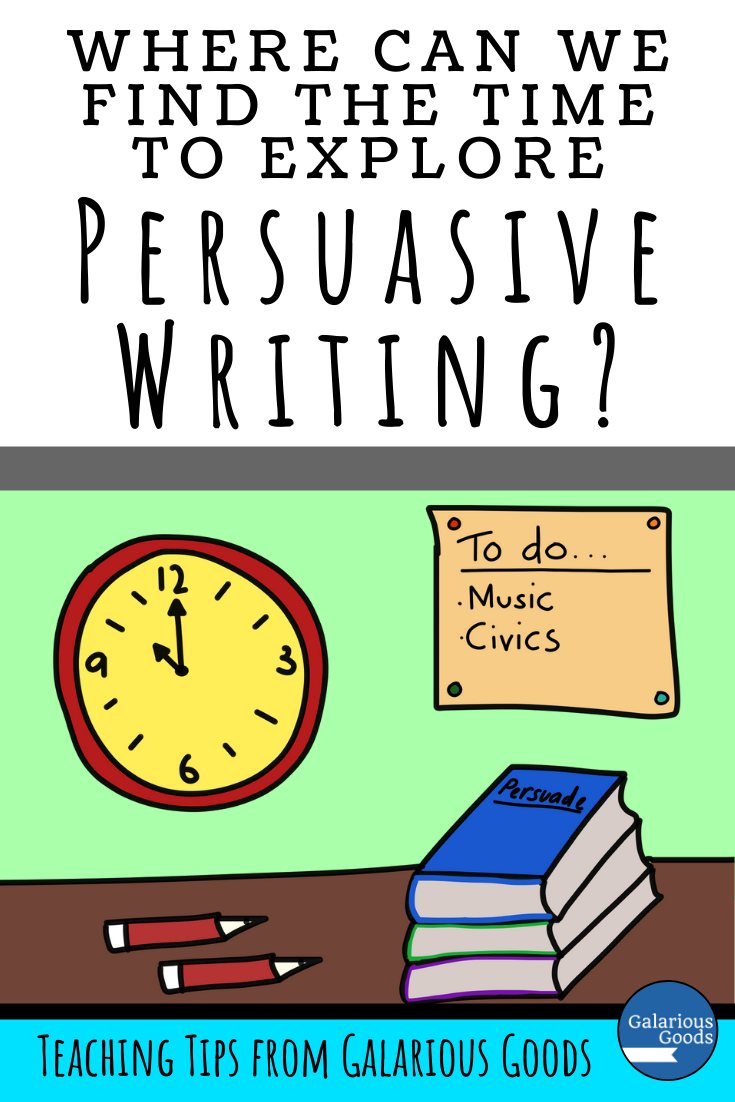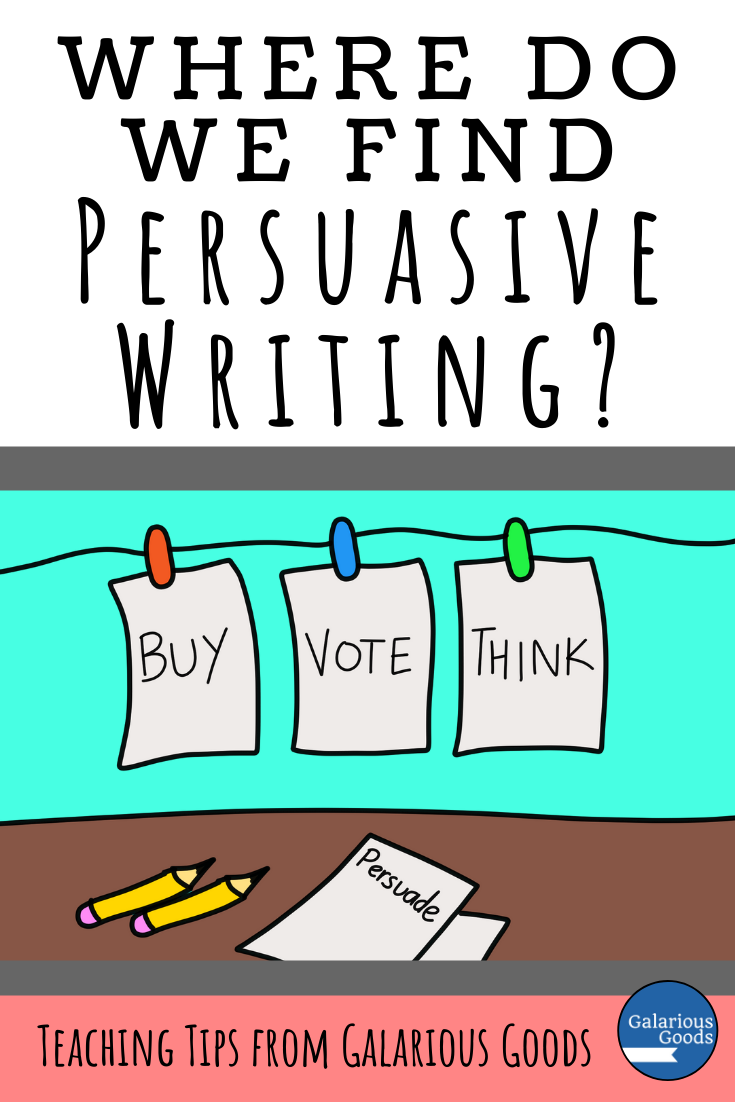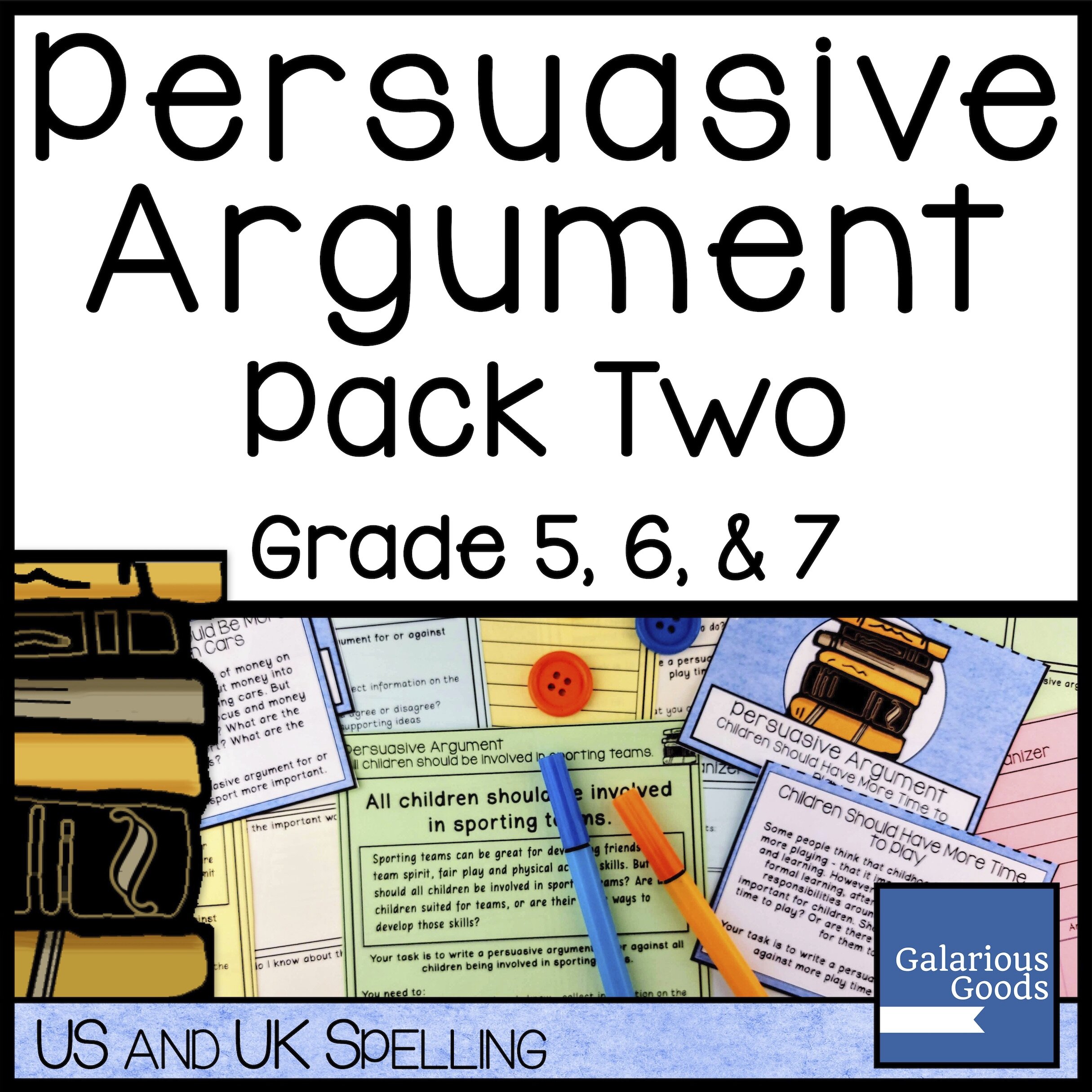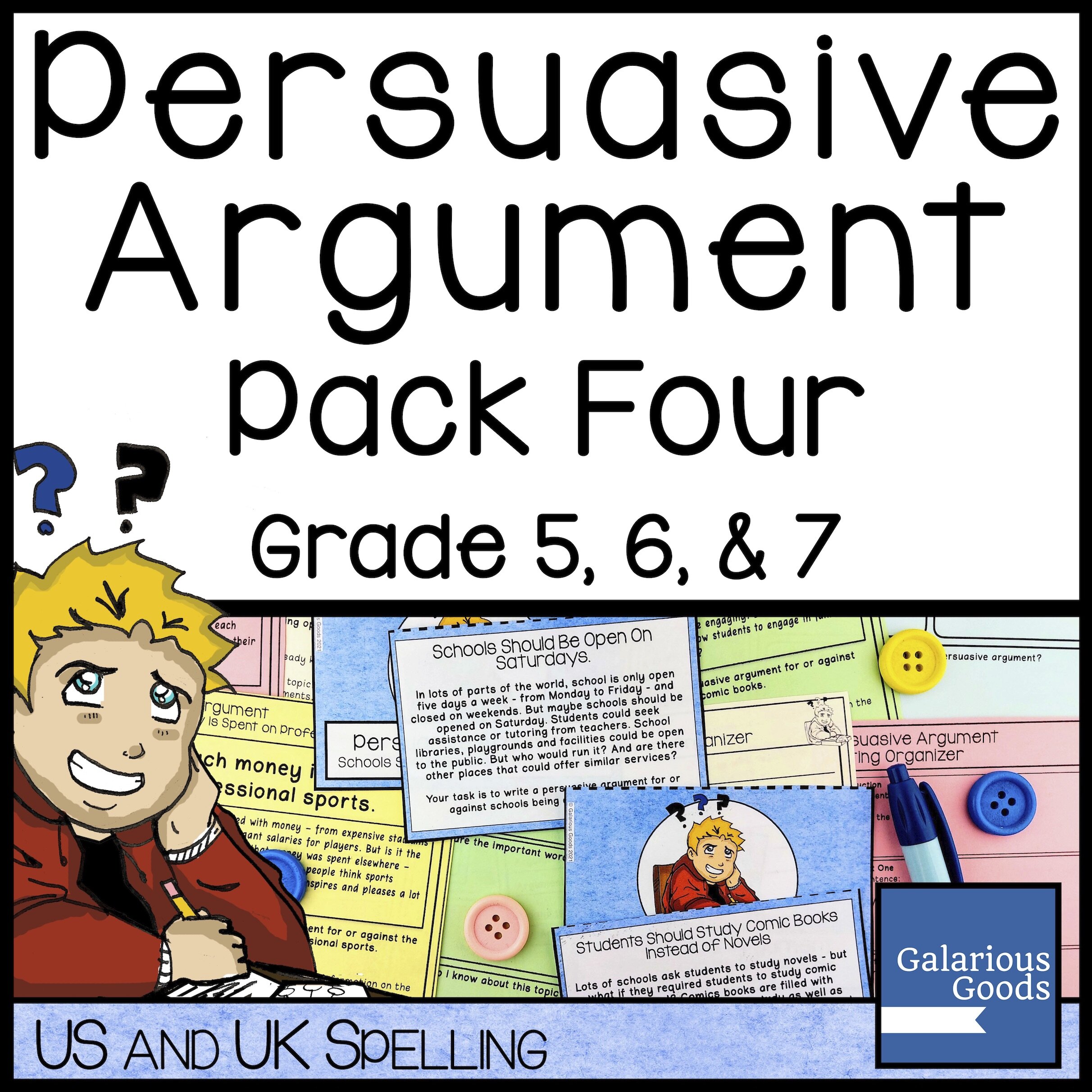Using Badly Written Texts in the Classroom
/Often when we present work to our students, we are showing them exemplary work. But what if we showed them something which was less than perfect?
When we teach different types of texts to students, we often share mentor texts with them. Mentor texts allow students to see what the texts should look like and gives them something to aim for with their own writing.
Another way to explore writing with students is to present them with a text which is written badly on purpose. Students work to identify where the text needs to be improved and how to improve it.
There are a few different ways you can use a poorly written text with your class:
Work as a whole class to identify where the text could be improved and how to improve it. Students work collaboratively to identify the best replacements for the poor writing
Students work in small groups or pairs to rewrite assigned parts of the text. They might identify the places to improve the text themselves, or this might be done as a class first
Ask students to focus on particular aspects of the text like paragraph structure, sentence structure or vocabulary
Students work independently to improve the text
Students work together to identify where the text can be removed. These elements can be covered through mini lessons before students work on rewriting the text
One of the biggest benefits of working with a poorly written text is that students don't have to work from a blank slate. Coming up with a text from nothing can be overwhelming for some students. Using a text gives them a skeleton of a text - allowing them to focus on better writing rather than content.
Freebie!
Want to use a poorly written text as an activity your class? Children Shouldn't Eat Junk Food: A Very Bad Persuasive Mentor Text is available as a freebie!
Looking for some persuasive writing prompts? The Persuasive Writing Prompt Bundle includes extended task sheets, task cards, organisers and a marking rubric - and because it's a bundle, you know that you're saving money!

